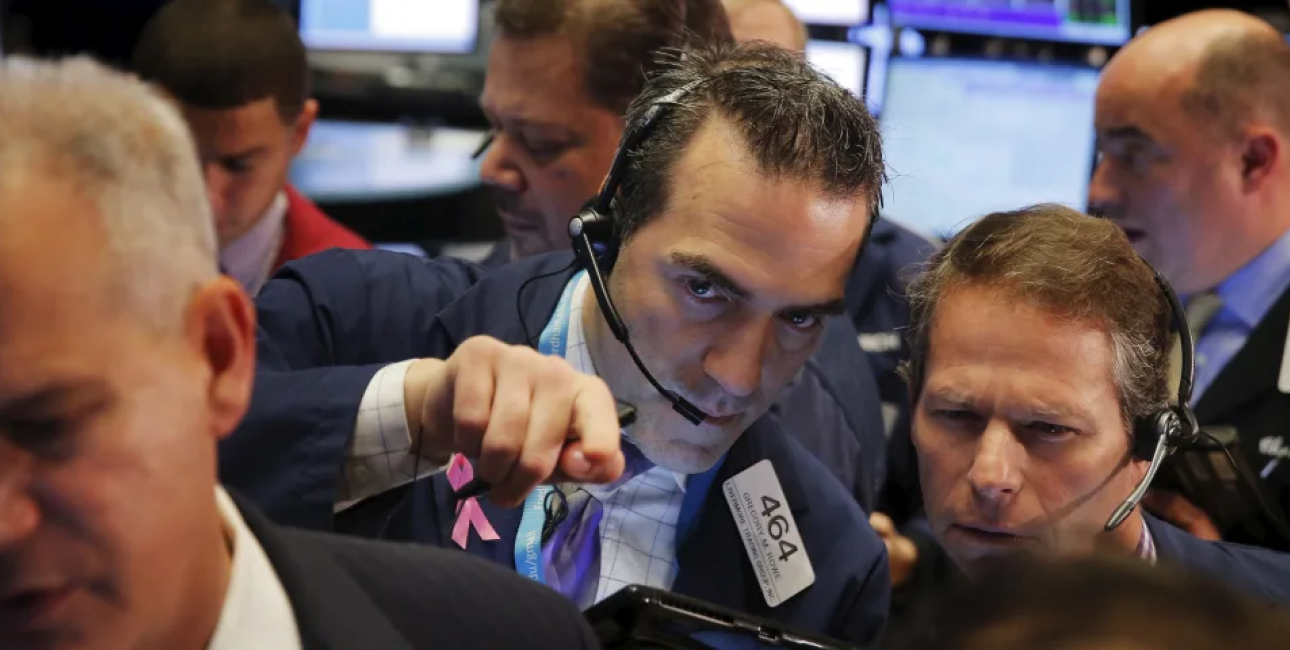JPMorgan Suggests That A Far-Flung Scenario Can Potentially Derail Its Bearish Stock Outlook For 2024.
08 December 2023
2 Mins Read

toc impalement
Jason Hunter, the leading chart expert at JPMorgan, had initially expressed a bearish stance on the stock market as 2024 approaches. However, a new factor has emerged that poses a potential challenge to his pessimistic outlook.
Hunter’s forecast anticipated the S&P 500 revisiting its bear market low from October 2022, envisioning a decline to 3,500. This projection stands out as notably more negative than JPMorgan’s official prediction, which foresees the S&P 500 dropping to 4,200 in the coming year.
The foundation of Hunter’s pessimism lies in his observation that much of the year’s market surge has been propelled by a select few mega-cap tech stocks. The lack of broad market participation in the current rally raises concerns for him.
However, recent developments, specifically a breakout above significant resistance levels for broader stock market averages, are challenging Hunter’s bearish perspective.
In a note issued late last month, Hunter acknowledged the shift, stating, “A pure chart-based assessment leaves our bearish first half equity outlook tactically on the backfoot going into the fourth quarter.”
Despite initially deeming a surge in stock market laggards as a low-probability event, the reality has contradicted Hunter’s earlier assessment. The small-cap Russell 2000, which had largely remained on the sidelines during this year’s market rally, has started to outperform the S&P 500. Over the past week, the Russell 2000 has gained nearly 3%, contrasting with the S&P 500’s relatively stagnant performance.
This recent trend suggests that investors may be reallocating their focus to previously overlooked stocks, driving their values higher. Hunter now acknowledges that such a shift in market dynamics could undermine his bearish outlook for 2024. “We are therefore looking for large caps to form short-term distribution patterns into the early weeks of next year, or for signs that the laggards are starting to breakout. The latter is clearly the risk scenario for our base-case outlook and will leave us having to rethink the 2024 trajectory,” he noted.
Read Also:


















Comments Are Closed For This Article